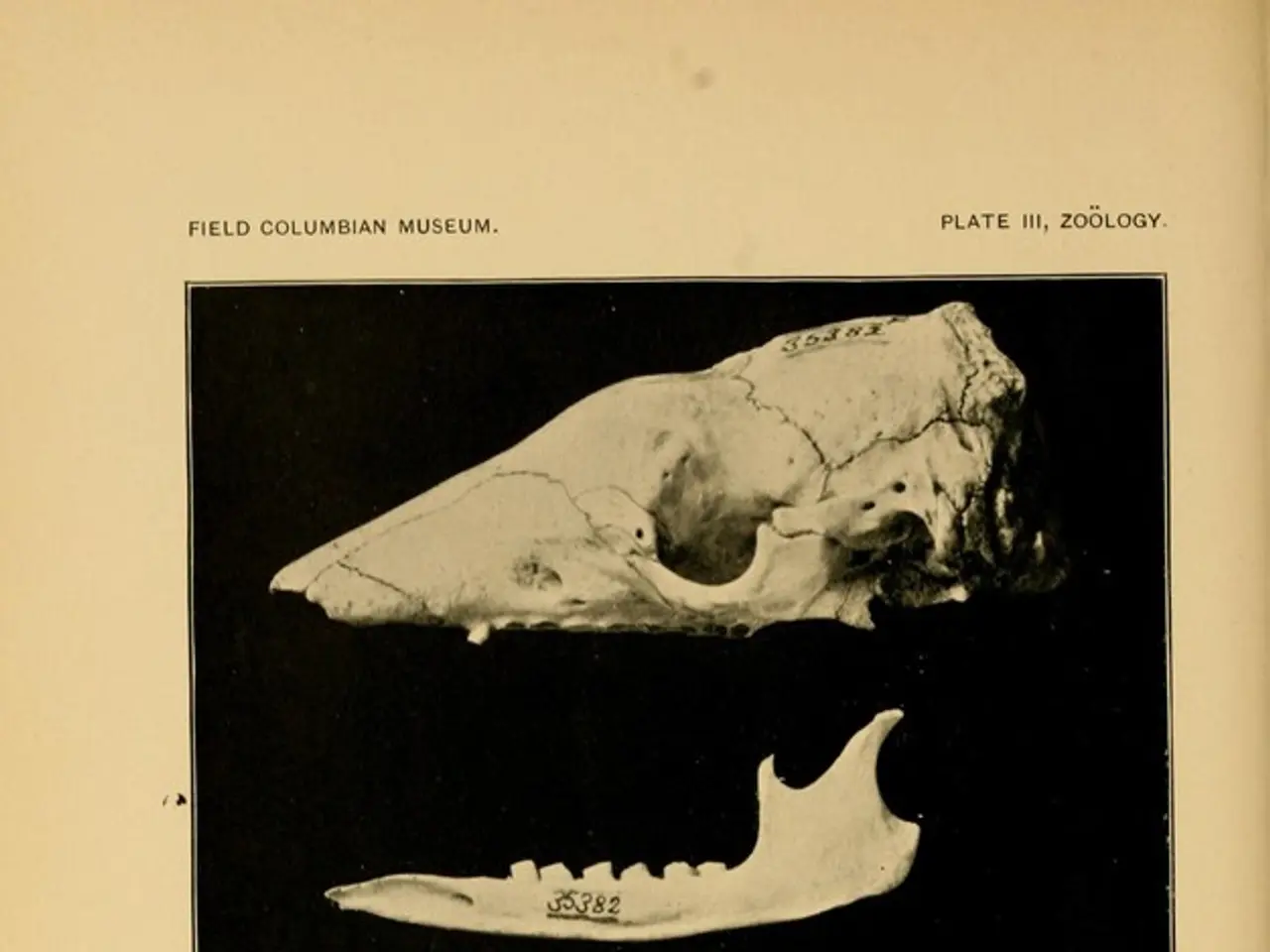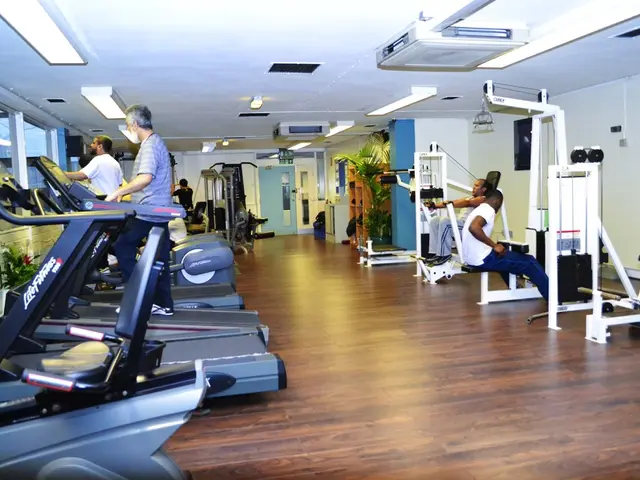Tarsometatarsal Joint Discomfort: Origin and Remedies
In the world of foot injuries, Tarsometatarsal (TMT) joint injuries, often referred to as Lisfranc injuries, are relatively uncommon, accounting for only 0.2% of all fractures. These injuries affect about 1 in 55,000 people every year.
TMT joint injuries typically occur as a result of twisting injuries of the foot under body weight, such as during sports, falls, or motor vehicle accidents. Common causes include twisting the foot while the toes are planted and the heel is loaded, tripping or slipping, especially stepping off a curb awkwardly, and direct impact to the foot, like hitting a brake pedal during a car crash.
Symptoms of TMT joint damage are quite noticeable and include significant midfoot pain and swelling, bruising on the bottom of the foot, and difficulty or inability to bear weight on the affected foot. Other symptoms may include foot pain when bearing weight, swelling on the top of the foot, pain when walking, pain when standing or placing weight on the affected foot, bruising or discoloration on both the top and bottom of the foot, and bruising beneath the arch of the foot being a particularly good indicator of TMT joint injury.
Diagnosis of TMT joint pain involves a physical examination of the foot by a doctor, who will look for signs of bruising and apply pressure to the midfoot to check for tenderness. Doctors may also order an X-ray or CT scan to check for broken or dislocated bones, with a CT scan being more effective in detecting smaller fractures, especially avulsion fractures. If they suspect ligament damage, doctors may order an MRI scan, as this method of imaging is more effective in detecting damage to soft tissues.
Treatment depends on the severity of the injury. Mild, non-displaced injuries may be managed conservatively with closed reduction and casting. More severe injuries, including displaced fractures and ligament tears, often require surgical intervention, such as open reduction and internal fixation with screws. Untreated severe Lisfranc injuries can lead to chronic pain, arthritis, and foot deformities like fallen arches.
Following surgery, a person must avoid bearing weight on the foot for about 6-8 weeks. Nonsurgical treatment options for TMT joint injuries include immobilizing the foot in a boot or cast and avoiding bearing weight on the affected foot for 6 weeks. Doctors may also recommend a full-length arch support orthotic and a course of physical therapy that focuses on improving balance and gait.
Surgical treatment for TMT joint injuries may be necessary in cases involving bone dislocation or fracture, significant soft tissue injury, or ineffective nonsurgical treatments. It's important to note that a full recovery from TMT joint injuries may take 4-6 months, even with nonsurgical treatment.
The bones, joints, and ligaments of the midfoot help keep the arch of the foot stable. The tarsals form the arch of the foot, while the metatarsal bones connect the tarsal bones to the toe bones. The TMT joints connect the tarsal bones to the metatarsal bones, making them complex joints in the middle of the foot.
Each foot has 26 bones, 30 joints, and more than 100 muscles, ligaments, and tendons, adding to the complexity of these injuries. However, early and accurate diagnosis by an experienced orthopedic specialist is crucial to optimize outcomes. Delays or misdiagnosis can worsen prognosis due to the potential for long-term complications.
In summary, TMT joint injuries are relatively uncommon but can have significant impacts on a person's mobility and quality of life. They usually result from twisting or impact forces causing ligament and bone injury at the midfoot, with treatments ranging from casting for mild cases to surgical fixation for severe dislocations or fractures. It's essential to seek medical attention promptly if you suspect a TMT joint injury to ensure the best possible outcome.
- The symptoms of TMT joint damage, such as midfoot pain and swelling, can often indicate an accident or fall that caused the injury.
- In the realm of health and wellness, it's crucial to prioritize fitness and exercise to strengthen the foot and prevent falls that might lead to TMT joint injuries.
- Medical conditions like TMT joint injuries can significantly impact one's daily life, highlighting the importance of regular check-ups and early diagnosis under the care of a medical professional.




